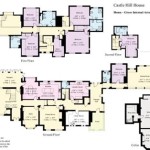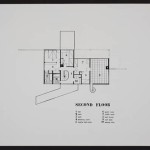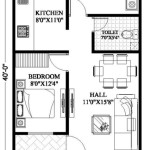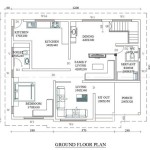Essential Aspects of Quail Layer Cage Plans
Quail layer cage plans are crucial for designing and constructing functional and efficient housing for laying quails. These plans provide detailed instructions and specifications to ensure the cages meet the specific needs of quails, promoting their health, productivity, and overall well-being. Here are several essential aspects to consider when creating quail layer cage plans.
Cage Dimensions and Design
The dimensions of the cages should be appropriate for the number of quails housed. Overcrowding should be avoided to prevent stress, aggression, and health issues. A general guideline is to provide 1 square foot of floor space per bird. The cage design should include multiple levels or tiers to maximize space utilization and provide quails with access to different heights.
Ventilation and Airflow
Proper ventilation is critical to maintain a healthy environment inside the cages. Adequate airflow helps to remove moisture, ammonia fumes, and other pollutants that can harm quails' respiratory systems. Ventilation can be achieved through the use of fans, vents, or mesh panels that allow for air circulation.
Lighting Schedule
Quails require a specific lighting schedule to regulate egg production and overall health. The ideal lighting schedule for laying quails is 16 hours of light and 8 hours of darkness. This schedule should be strictly adhered to to ensure optimal egg production and prevent laying disturbances.
Nest Boxes
Quail layer cages should provide ample nesting space for the birds to lay their eggs. Nest boxes should be private, dark, and well-ventilated. They should be placed at a suitable height within the cage and lined with soft bedding material to protect the eggs from damage.
Water and Feed Access
Quails require constant access to clean, fresh water and a nutritious diet. Waterers and feeders should be placed within the cages in a way that is easily accessible to all the birds. Automatic watering systems can be considered to ensure a reliable supply of water.
Manure Management
Adequate manure management is essential to maintain a clean and sanitary environment in the cages. Dropping boards or manure trays can be installed below the cages to collect and remove waste. Regular cleaning and disinfection are necessary to prevent the buildup of manure, which can attract pests and disease.
Additional Considerations
In addition to the essential aspects mentioned above, there are other considerations to keep in mind when creating quail layer cage plans:
- Material selection: Choose durable and easy-to-clean materials that can withstand the rigors of poultry farming.
- Biosecurity measures: Implement measures to prevent the spread of diseases into the cages.
- Access for management: Ensure that the cages are designed to allow for easy access for feeding, egg collection, and other management tasks.

Quail Cage Design And Plan Coop Raising

Quail Cage Design And Plan Coop Raising

Commercial Quail Cages For Egg Ion

Quail Cage Build Made Easy Simply Homestead

Quail Cage

Quail Cage Build Made Easy Simply Homestead

Quail Cages Chinaencage Com

Diy 3 Layered Quail Cage Building A New Layer With Superb Design Raising Tips

Quail Layer Stainless Steel Cage At Rs 20000 En In Gandhinagar Id 23092412073

Commercial Quail Cages Designed For Egg Ion En Coop








